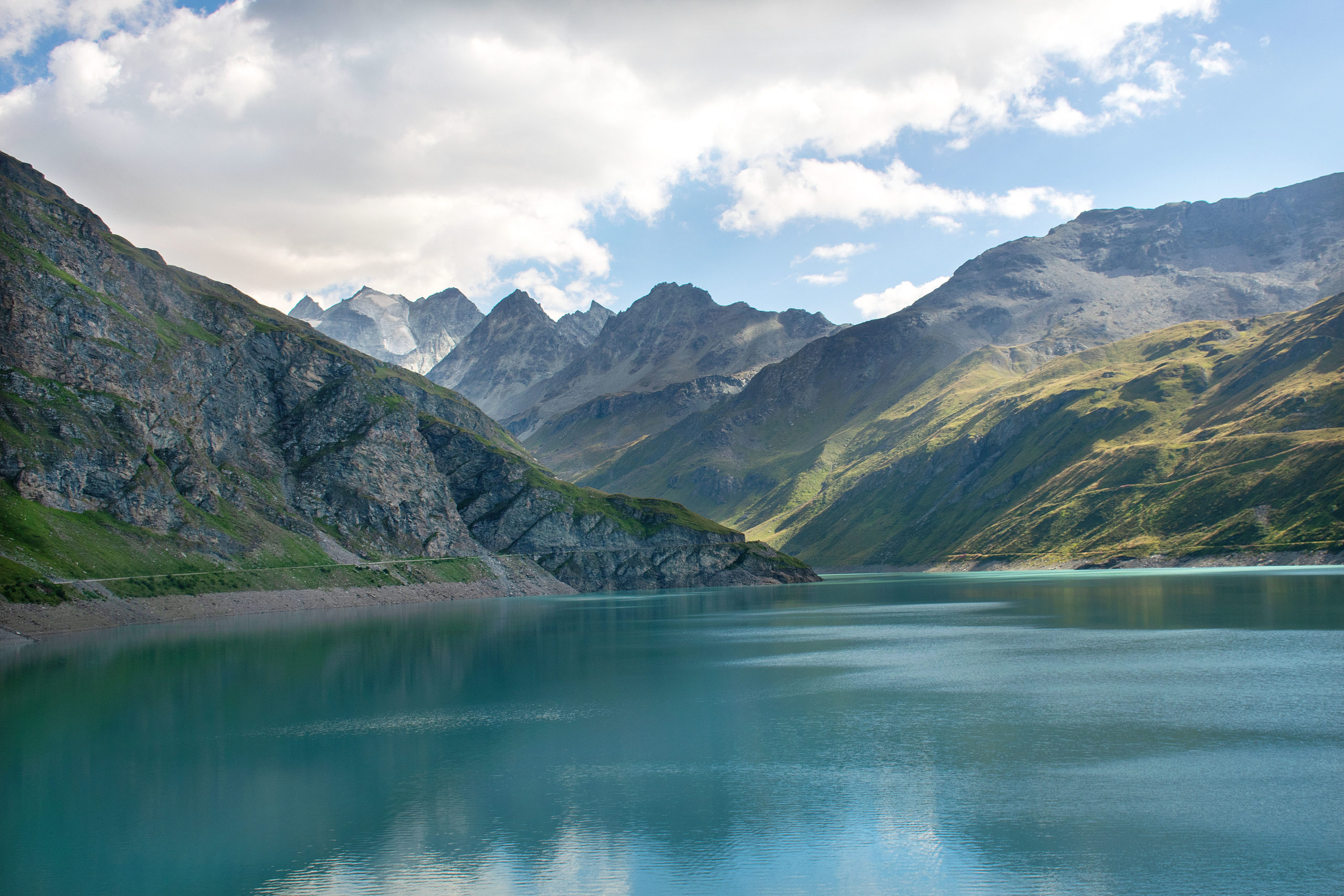PROGRAM
After the rain
Wed. 9 August 2023
9:30 — 16:10
Café-rencontre, Conversation, Landscape reading, Excursion, Observation, Apéro,
TICKETS

PROGRAM OF THE DAY
9:00
Arrival of the bus at Moiry Barrage
9:30 – 11:00
Café-rencontre at the Restaurant du Lac de Moiry Clems&Fabs.
Intervention by artists from the TSOEG collective: François Leo Benner, Luce Choules, E. Jackson, and Carlo Rizzo
11:32 – 11:39
Shuttle bus Moiry Barrage > Moiry Glacier
11:45 – 15:45
Departure from Moiry Glacier bus stop
Excursion / Observation / Landscape reading / Conversation
Interventions by researchers: François Bussy, Emmanuel Reynard, Xavière Schröder, Andréa Savoy
16:00 – 16:07
Shuttle bus Moiry Glacier > Moiry Barrage
16:10
End of excursion and aperitif at the Restaurant du Lac de Moiry Clems&Fabs
16:39
Bus departs from Moiry-Barrage
Last bus possible at 17:39
PRACTICAL INFORMATION
Hiking around the Moiry glacier: approx. 3 km walk, 250 m ascent; 250 m descent ; approx. 1h30 effective walking time.
Total excursion time = 4h.
Please bring your own picnic (picnic break planned for around 1.15pm).
A WORD FROM THE PARTICIPANTS
The landscapes of the Val d’Anniviers have been shaped by geological events and climatic processes. Over 250 million years of geological history, an ocean opened, then closed, and finally the Alpine chain was formed. The climate is no exception. Although tropical conditions prevailed for a long time, the last two million years have seen the climate cool down and the valleys repeatedly invaded by large glaciers that flowed towards the plains, in the Lake Geneva region for example. The mountains bear many traces of this dual history, both geological and climatic, in the landscape. The first part of the tour will take us in search of these traces. By discovering the rocks and reading the landscape, we’ll try to retrace the valley’s ancient landscapes.
Alpine landscapes are also a resource for local communities. A tourist resource, of course, since the beauty of the landscape is a formidable attraction. An energy resource too. In most of the Rhône’s tributary valleys, water power has been harnessed to generate energy, following a simple model: capture the meltwater from snow and glaciers in summer and turbine it in winter. The Moiry dam is part of a system covering several valleys. We’ll find out how hydraulic power is harnessed and how its operation depends on climatic conditions. A dam has more than just an energy function; both the water and the infrastructure perform a variety of functions (energy production, water storage, flood control, tourism). This multifunctionality of Alpine dams and the management issues it entails will also be discussed, using the example of several Alpine hydroelectric schemes.
_ Emmanuel Reynard
CO-ORGANIZER AND PARTNER OF THE EVENT
UNIL-CIRM
Restaurant du lac de Moiry Clems&Fabs
